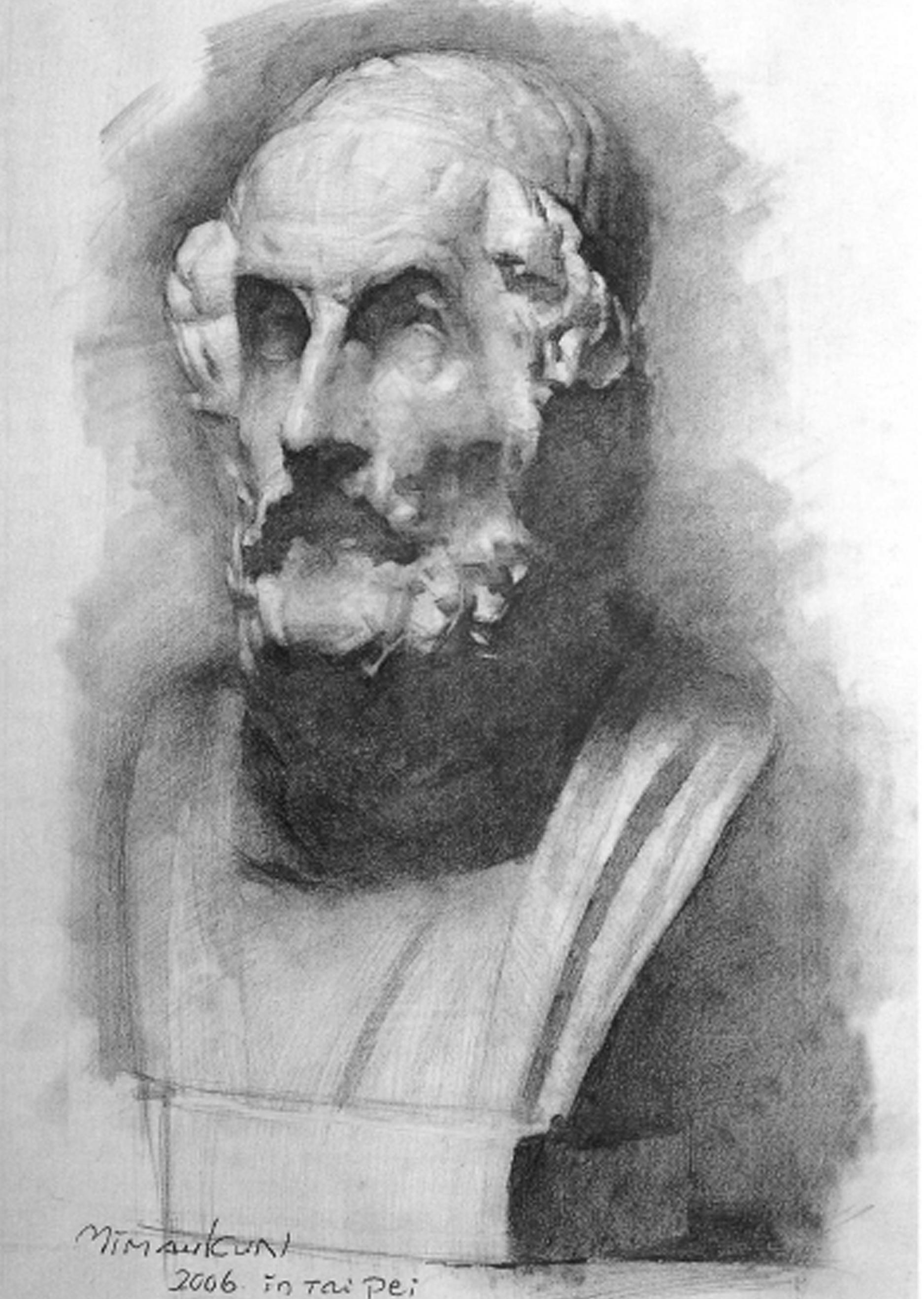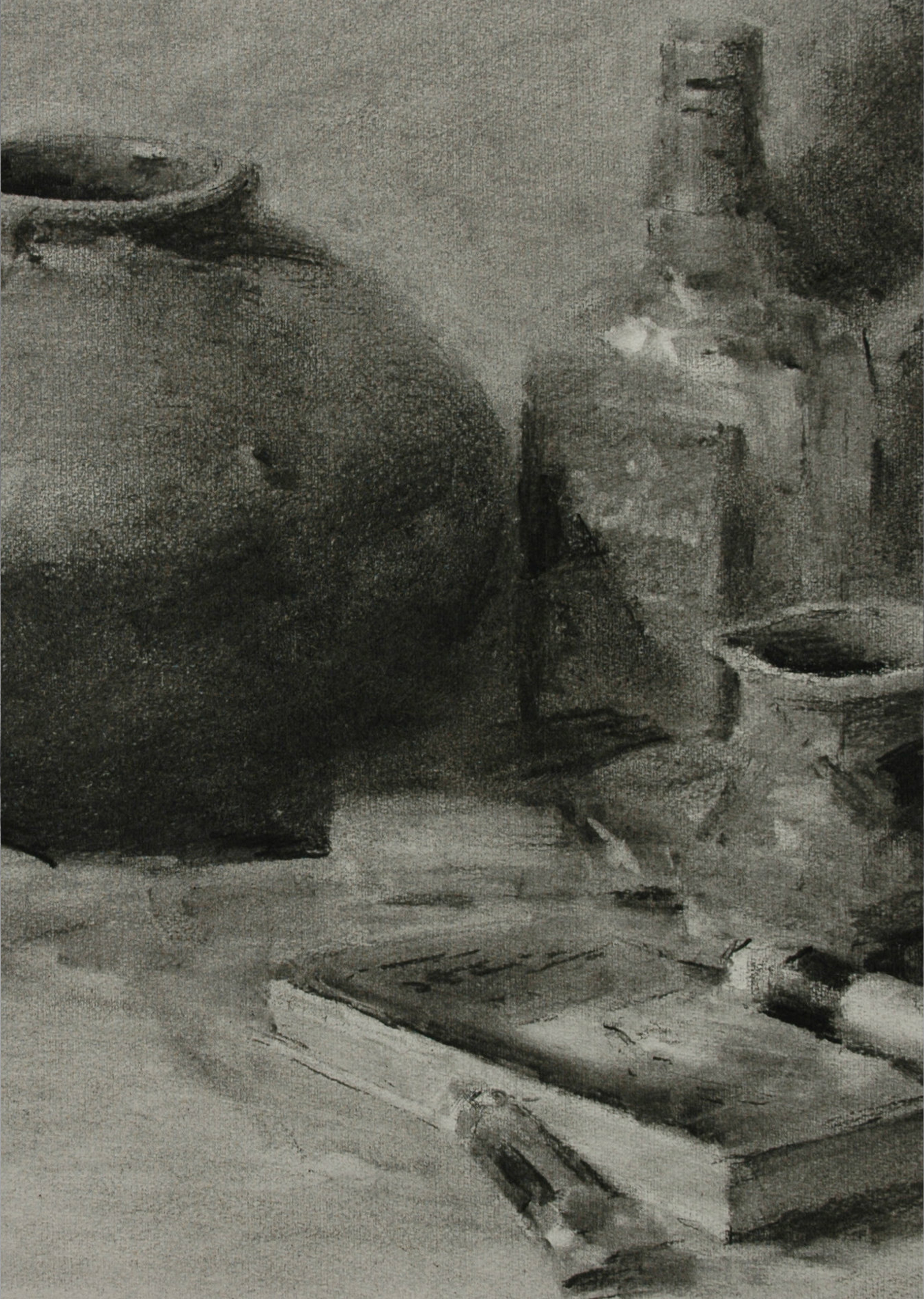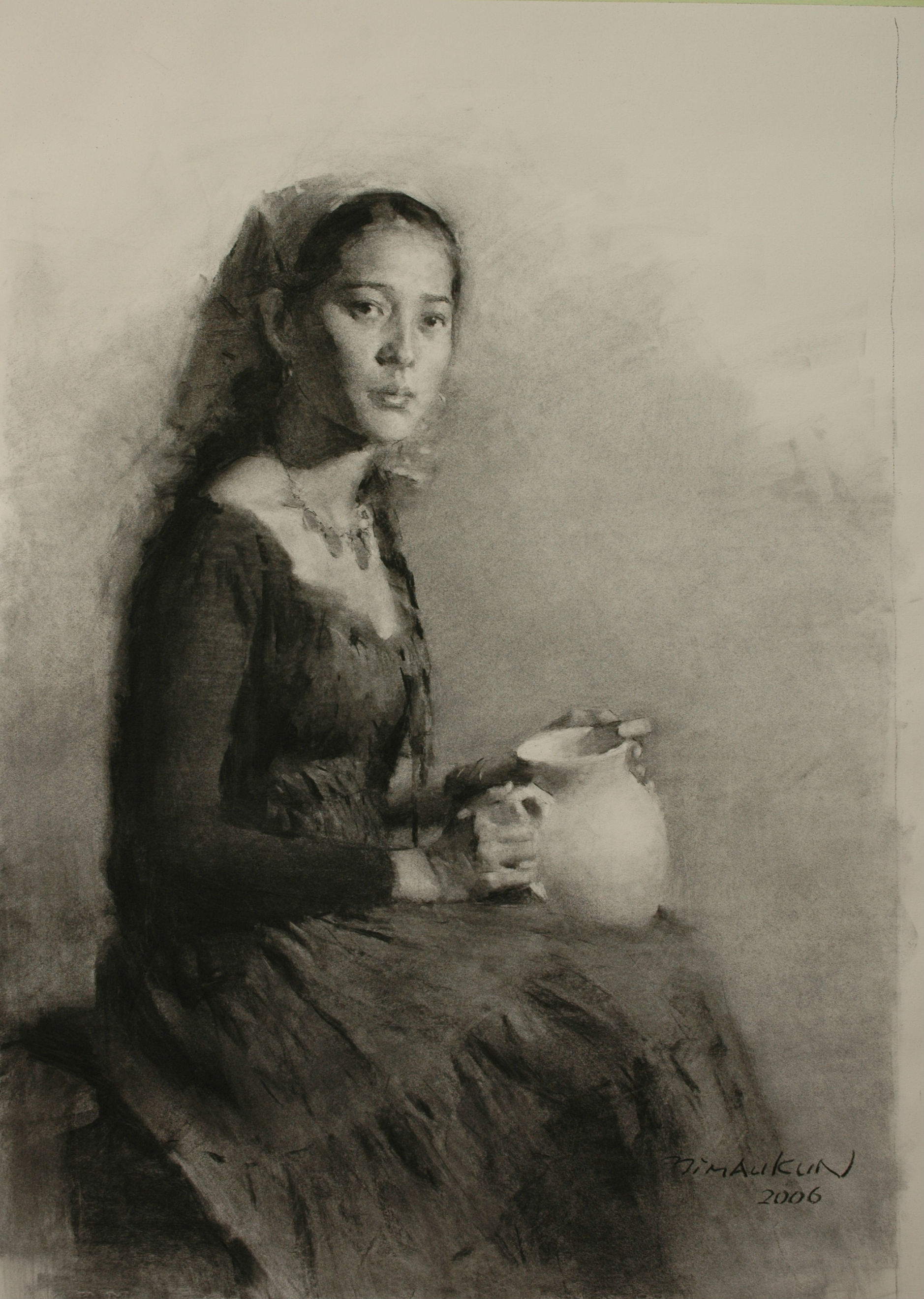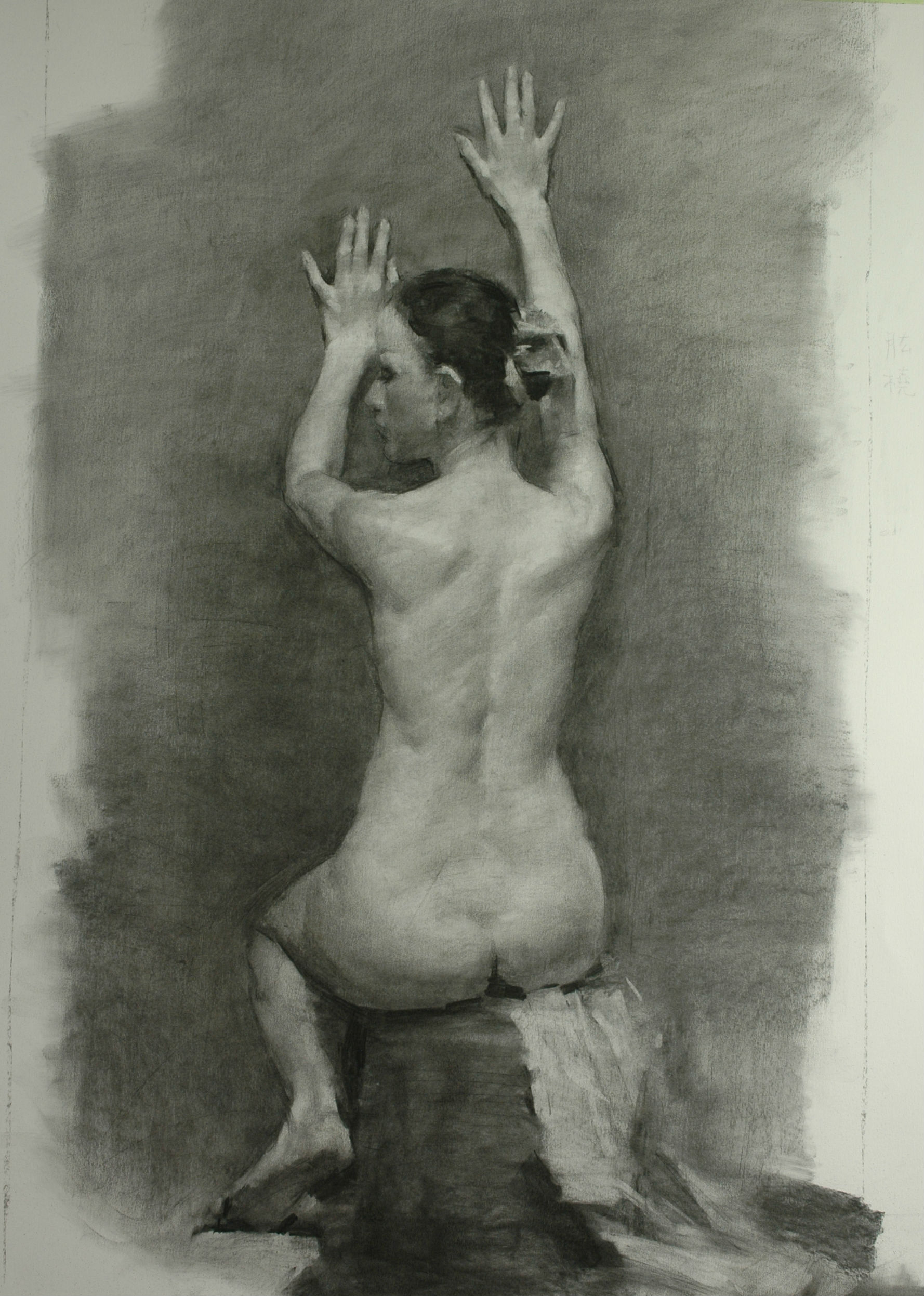5-step comprehensive drawing course
5-step comprehensive drawing course
Designed to help you master the art of drawing

“It’s only recently that I have become aware of the artist Mau-Kun Yim. We have not met, yet I feel that I know the man. Through his numerous handsomely illustrated texts, he reveals himself to be a craftsman of surpassing ability and sensibility. The years of classical training and diligent study – as in the works of the masters that came before – resonate in his virtuosity and boldness of handling. He is a dedicated and selfless teacher – he is a man in love with his calling.” – Ned Jacob

Cast drawing
Cast drawing
Drawing is the foundation of painting. Plaster cast drawing is the first step in building your drawing skills. Since the Renaissance, classical bust study is the most important training in studios and art academies because it includes the different elements of painting such as proportion, perspective, volume, value, etc. Mastering classical bust study is the key to building realistic forms so that you can open the door into the hall of figurative and portrait drawing.

Still Life Drawing
Still Life Drawing
Still life drawing is an in-depth study of the form and spatial relationship of various objects in a small space. Form involves the shape and texture of an object and Spatial relationship refers to the positioning of the objects in relation to one another. These skills can be applied to more complicated subjects (such as portrait) in drawing and later in oil painting and should not be overlooked.

Head Drawing
Head Drawing
Drawing a head portrait is a very important skill in figurative drawing. The head is the most important part in a full portrait. An artist can use head portrait skills to create characters with vivid facial expressions conveying emotions in a narrative painting. In addition, head portrait skills are practical for drawing friends and family in daily life. To draw a good head portrait is the most fundamental practice in figurative paintings.

Portrait Drawing
Portrait Drawing
In addition to drawing the head, elements of portrait drawing include composition (size of the subject and position in the drawing), the dynamics (relationship between the head, chest as well as the arms and body) and proportion. Mastering these elements are key to creating a precise, vivid and harmonious portrait.

Human Figure Drawing
Human Figure Drawing
Human figure drawing is by all means the most challenging in all drawing genres. The human body is an artwork created by God. Regardless of its appearance – rotund or bony – the different shapes of each part of the body together create a magnificent unity. In addition to all the techniques demonstrated in previous video lessons, this video lesson focuses on how to render the diverse contours of the surface, and the solid structures of the bones and muscles underneath.
All videos have English subtitles.
Video lessons are accessible via login on our website (at the top navigation bar towards the right) after purchase. At this time, there is no end day to your access. Should we change video access methods, you will be given the option to download the videos that you purchased.
Downloads are also available. Please e-mail Iris Yim at iris@yimmaukun.com after purchase.
What other artists say about the drawing course:
“The drawing method represents ‘Russian Structure Analysis’ which shows solidity of forms, hi-degree of observation. This is combined with Yim Mau Kun’s impressionistic approach which merged the structural analysis with emotional response to reality with refined aesthetic standards.” – Raul Deshpande
“There has been a resurgence in interest in rigorous academic art training in traditional drawing and painting techniques, and in studying with a master to learn how to draw and paint with accuracy with an emphasis on observation, theory and craft, while creating works of classical and contemporary beauty. These videos by Yim Mau-kun are a window into the studio of one such master, an experienced and award winning artist and educator who can trace his artistic lineage back to Chinese Social Realism and Soviet Socialist Realism, and to the tradition of great Russian Portrait painters like Kramskoy, Serov, Repin, and Fechin.” – Julius Finley
“What I like about the video is that Yim Mau-Kim offers a wonderful and effective demonstration on how to do a structural drawing in the Russian Academic Tradition. He demonstrates how to effectively execute a portrait lay-in, but shows you how to keep the structure very lose, so that placement and proportions can be changed later. This is started with long straight lines, and gradually builds up to a beautiful description of the model through ongoing consideration of anatomy, proportion, and perspective. He shows you how revisions can be made right up to the very end of the blocking-in process. The sense of looseness in the second lay-in was really quite beautiful. This is also the key for a foundation of good painting.” – Jonathan Masters

